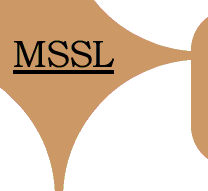
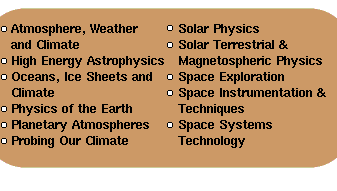

 |
4C15 High energy astrophysicsThis course covers two main topics, using practical examples as demonstrations, and adopting the approach used by researchers where possible.
2. the production and absorption of high energy photons (X-rays, gamma-rays and cosmic rays) in the Universe. Using a practical considerations, a simple mathematical derivation of the space-time metric around non-rotating (Schwarzschild) black holes is made. The properties of rotating (Kerr) black holes are also discussed and their effects on the environment.
The phenomena covered by the course include supernovae remnants, neutron stars and pulsars, cosmic rays, the process of accretion onto solar-mass-type and supermassive black holes and the production of high energy photons from active galactic nuclei. 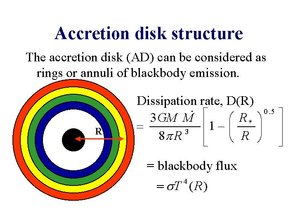
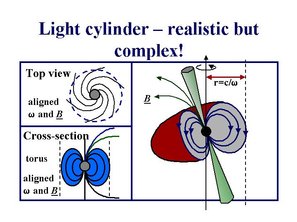
Half of the course is backed up by material which is available on the web (as a PowerPoint presentation) and six out of the thirty lectures are delivered via a fully interactive video+PowerPoint link to the Live-Net studio in the Pearson Building (a `training session' is given in advance). |
 |
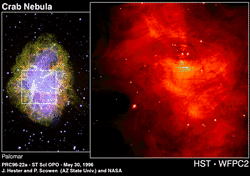 High energy photons are produced by several mechanisms. For
example, non-thermal mechanisms include the interaction of
relativistic electrons in strong magnetic fields (synchrotron) and the
scattering of relatively low energy photons by relativistic electrons
in a hot gas (inverse Compton). They are also absorbed by various
means. For example, neutral and ionized gases along our line
of sight to an object remove high energy photons (photoelectric
absorption), and, in the case of synchrotron emission, the very
electrons which produce the high energy photons can also absorb those
same photons (synchrotron self-absorption).
High energy photons are produced by several mechanisms. For
example, non-thermal mechanisms include the interaction of
relativistic electrons in strong magnetic fields (synchrotron) and the
scattering of relatively low energy photons by relativistic electrons
in a hot gas (inverse Compton). They are also absorbed by various
means. For example, neutral and ionized gases along our line
of sight to an object remove high energy photons (photoelectric
absorption), and, in the case of synchrotron emission, the very
electrons which produce the high energy photons can also absorb those
same photons (synchrotron self-absorption).